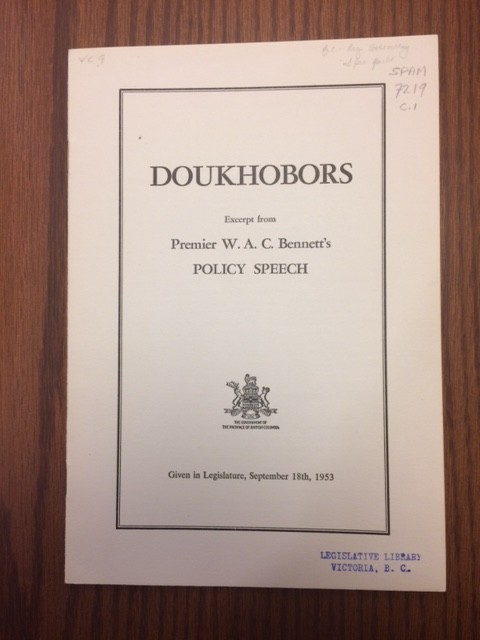Pamphlets have a long history dating back to the origins of the printing press. They were one of the first printed mediums. By definition, according to UNESCO, a pamphlet is “an unbound publication that is not a periodical and contains no fewer than 5 and no more than 48 pages” (14). Typically, “polemical and propagandist” materials were distributed using pamphlets (14). Over the years they gained in popularity and in the sixteenth century they were used to express outrage towards the Catholic Church. In fact, Martin Luther was one of the first to take full advantage of pamphlets. So much conflict ensued during the Protestant Reformation that the use of pamphlets was eventually prohibited by “imperial edict” in 1589 (14).
In the Elizabethan era, the pamphlet continued to be used for religious purposes. In addition, they became the format of choice for “romantic fiction, autobiography, scurrilous personal abuse, and social and literary criticism” (14). They were also used by both Puritans and Anglicans for various reasons in the years prior to the English Civil Wars. Eventually, they became powerful “political weapons” (14). Writers such as Joseph Addison, and Jonathan Swift took advantage of the convenient form.
Pamphlets remained popular into the eighteenth, nineteenth and twentieth centuries, with writers such as Voltaire, Thomas Paine, Paul-Louis Courier, and George Bernard Shaw all using the pamphlet to communicate to the world at large. Today, in the twenty first century, pamphlets are mostly used to distribute information, rather than incite controversy. Governments are one of the most prolific users of this medium.
